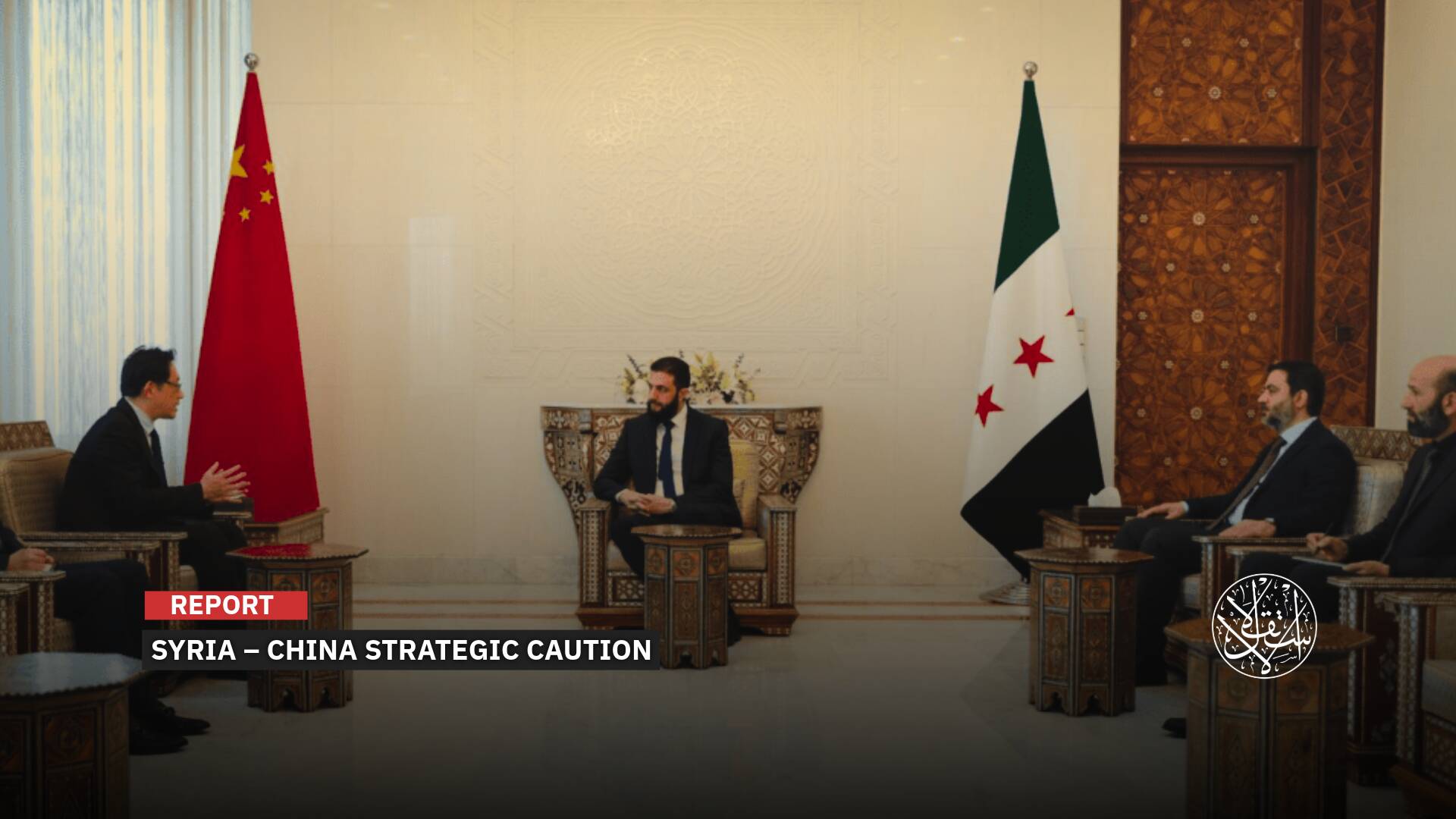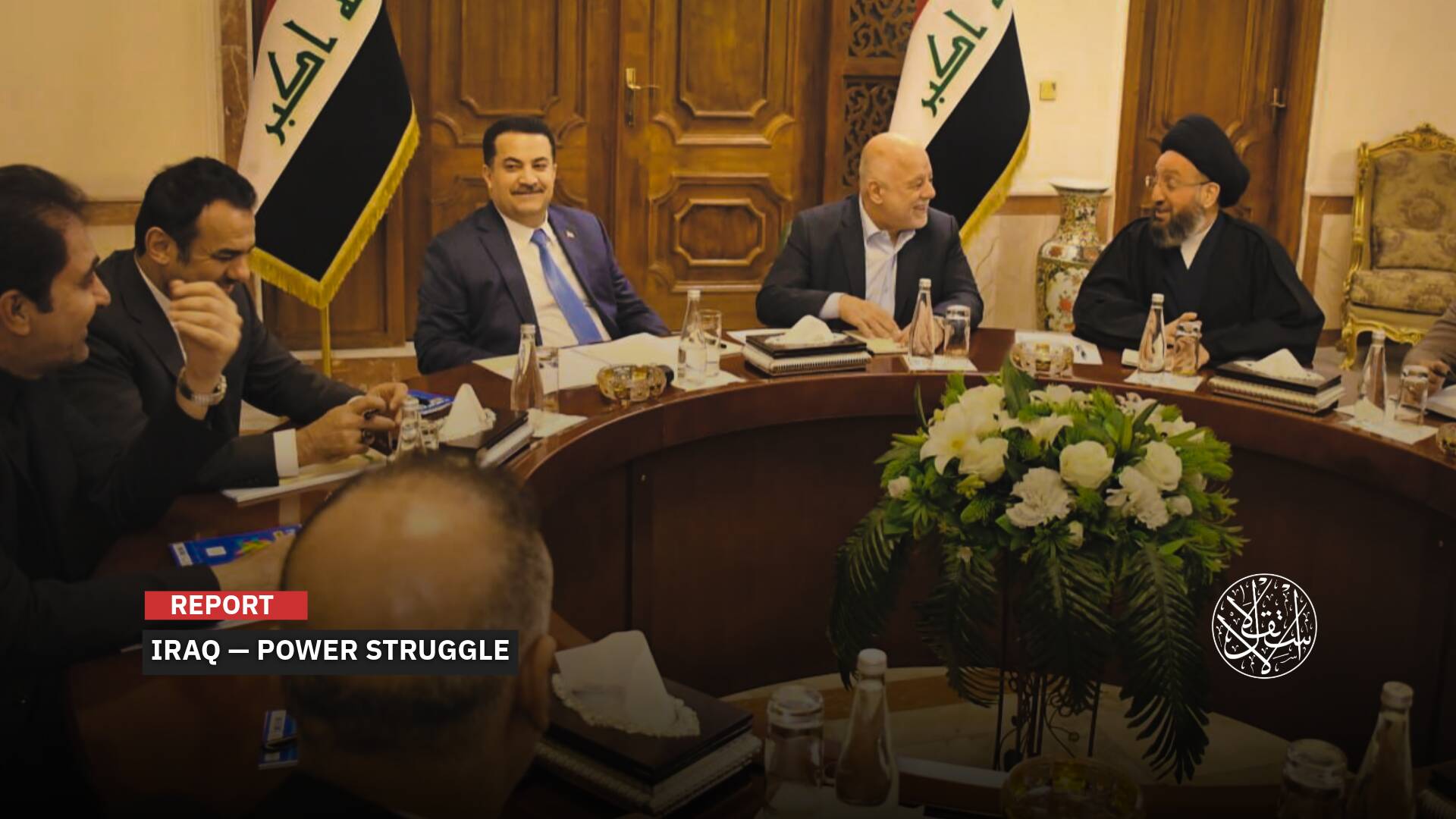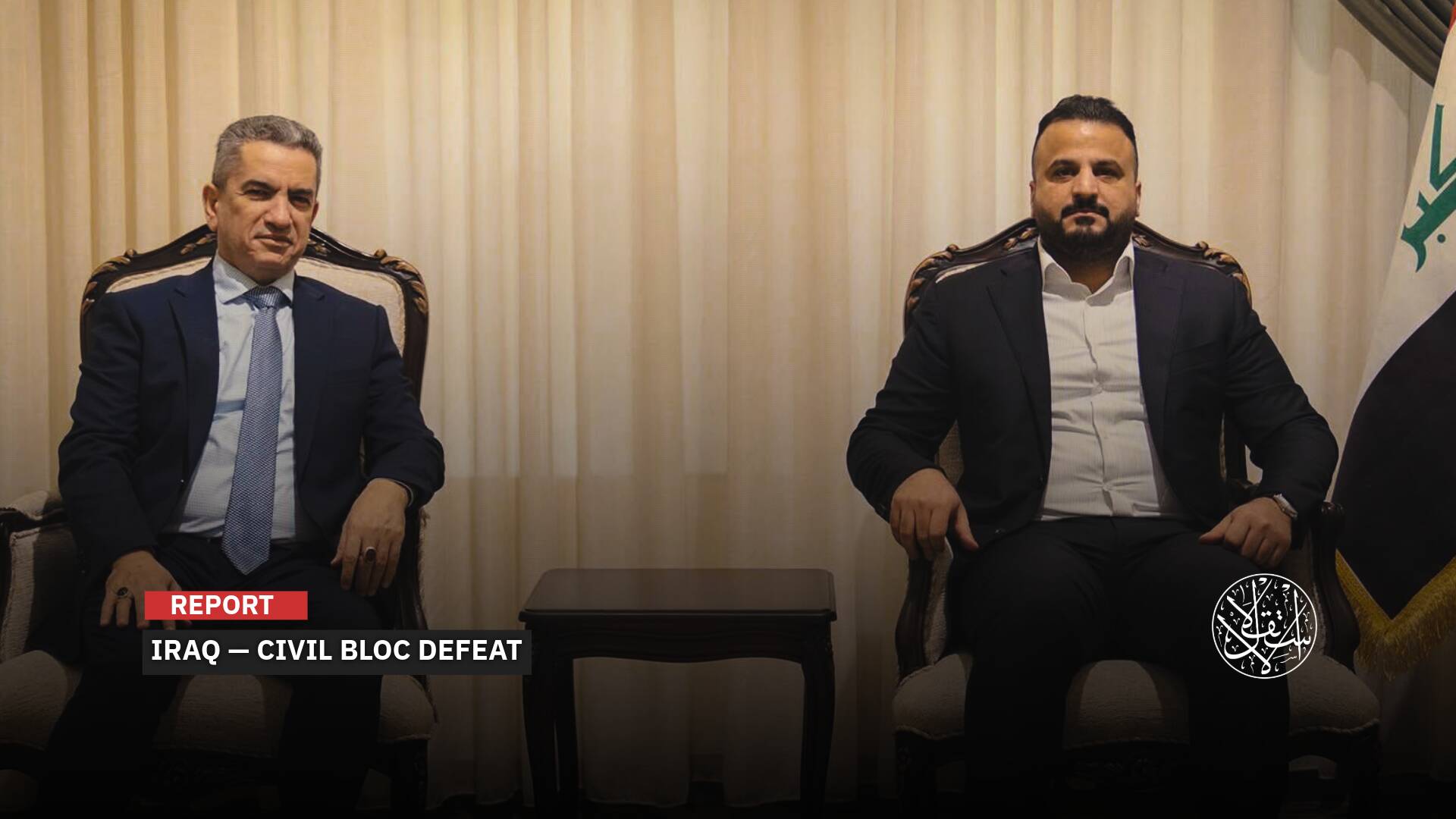Between Invasion and Negotiation: Why Netanyahu Might Delay Occupying Gaza
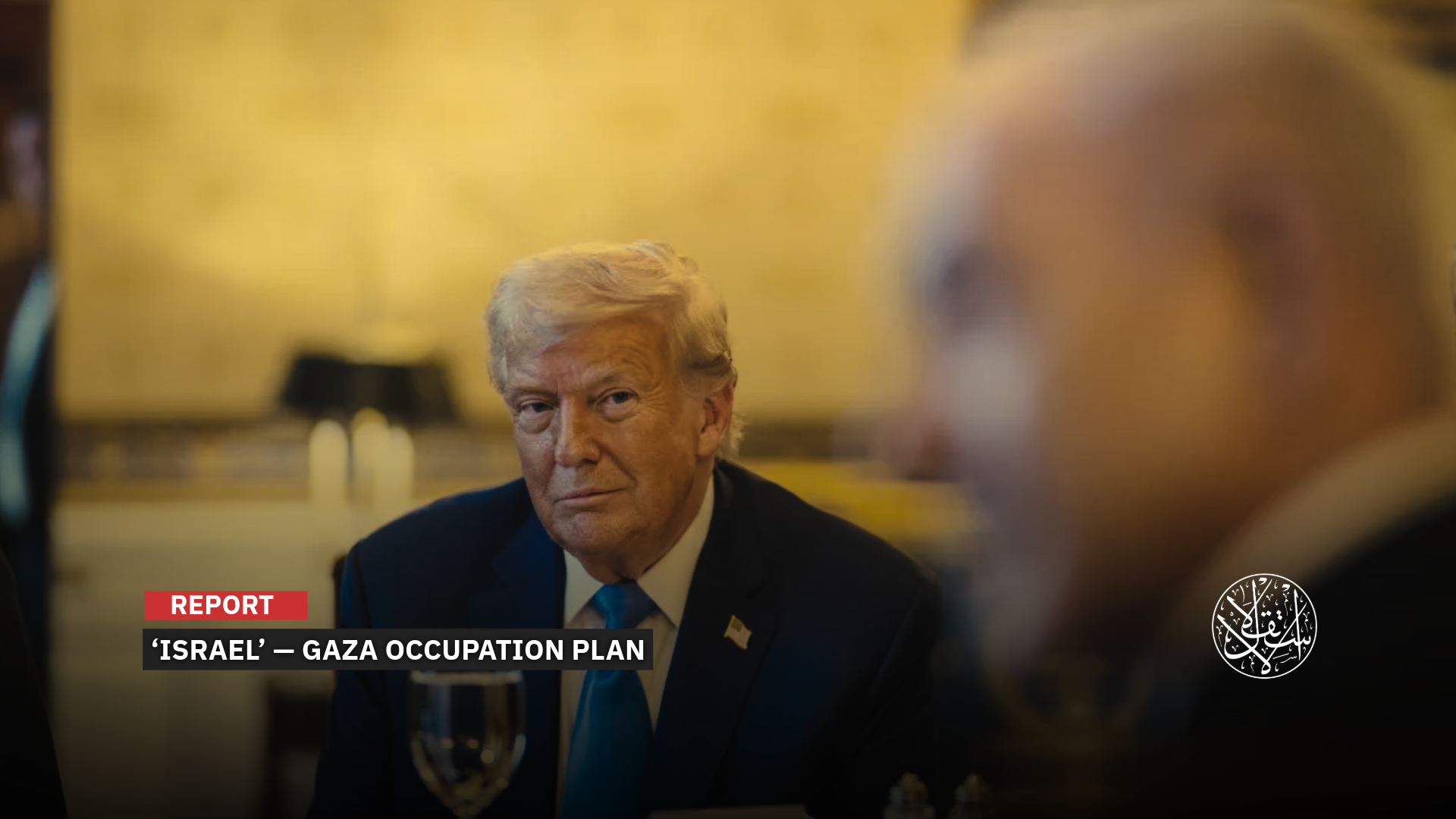
Tel Aviv hopes threats of a full-scale invasion of Gaza will push Hamas to make greater concessions.
Despite the Israeli Occupation government approving a plan to occupy Gaza City, home to over a million people, multiple sources expect the implementation to be delayed for several reasons.
On August 16, 2025, the Israeli broadcaster Kan reported that the army had received orders to prepare for a full-scale occupation of the remaining areas of Gaza.
The Israeli military revealed that preparations to displace Palestinian residents had begun, including demolishing homes, deploying the 99th Division in southeastern Gaza, and providing tents and shelter equipment to move residents to the southern part of the Strip.
However, Palestinian sources told Al-Estiklal that Prime Minister Benjamin Netanyahu might be forced to delay the plan if it moves toward execution.
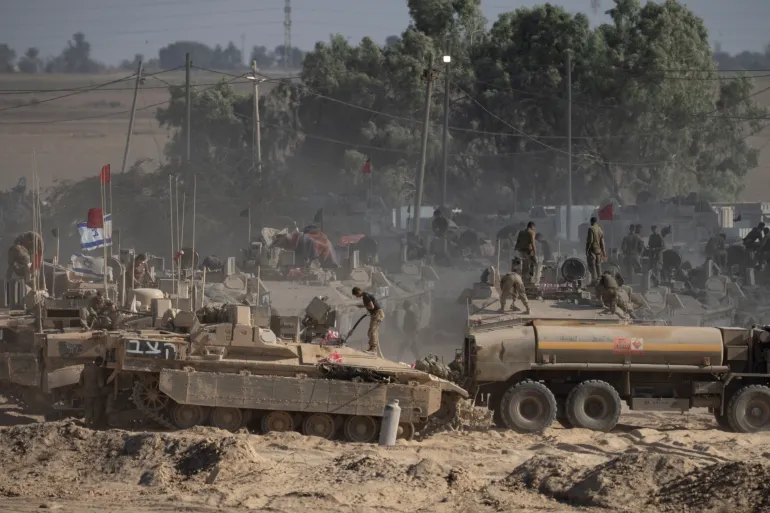
Plan Details
According to Hebrew newspapers, the Israeli Occupation army has announced several times that it had begun implementing the Gaza occupation plan, most recently on August 17, when it announced the delivery of tents and shelter equipment through the Kerem Shalom crossing for residents displaced from the city.
On the same day, Chief of Staff Eyal Zamir confirmed approval of the Gaza City occupation plans during a private meeting with southern district commanders and senior military leaders. Estimates suggested that the “control operation” over the city would last four months.
However, Yedioth Ahronoth said this step will not be executed before September and may require calling up around 100,000 reserve soldiers who are still being mobilized.
Palestinian sources close to resistance factions also told Al-Estiklal that the announced Israeli plans to begin displacing Gaza City residents are merely attempts to pressure them into accepting Israeli Occupation terms, and that relocating over a million Palestinians this time would require extensive and difficult preparations.
“The plan itself is intended to pressure the Palestinian negotiator to return to the negotiating table under Netanyahu’s conditions,” Gaza-based journalist Abdul Ghani al-Shami told Al-Estiklal.
“The threat of occupation and invasion could be a pressure tactic to convince Hamas to resume negotiations,” he said.
Mediators may succeed in reaching a comprehensive agreement to end the Israeli war on Gaza in exchange for releasing all prisoners and forming an independent technocratic administration agreed upon by all factions.
Al-Shami noted that mediators have proposed a new plan, currently under consideration, ahead of any “military operation.”
On August 18, Hamas and Palestinian factions announced that they had agreed to a ceasefire and prisoner exchange proposal presented to them the day before by Egyptian and Qatari mediators.
Earlier, Israeli Channel 12 cited an unnamed diplomatic source claiming that Hamas agreed to the deal to prevent the Israeli Occupation army from entering Gaza City, while Tel Aviv is currently reviewing the movement’s response.
The report also quoted a source familiar with ongoing negotiations saying that it is not certain that “Israel” will agree to a partial deal, even within the framework of the previously approved plan proposed by U.S. envoy Steve Witkoff.
Al-Shami explained that Israeli incursions into the edges of the al-Zaytun neighborhood were meant to suggest the start of “a military operation” to increase pressure without significant advancement, forcing the negotiator to act.
“In the end, military action won’t get anywhere; the only way forward is through negotiations and striking a prisoner swap deal,” the journalist said.
Israeli and American newspapers suggested that announcing the Gaza occupation plan is part of pressuring Hamas, noting that Tel Aviv hopes threats of a full-scale invasion will push Hamas to make greater concessions and accept Netanyahu’s terms to end the war.
However, they did not rule out the possibility of an actual invasion to satisfy Netanyahu’s pride and that of his cabinet, especially far-right members, and to prevent his government from collapsing or him facing trial if the war ends before the second year of Operation al-Aqsa Flood.
Zamir acknowledged the difficulty of “a military solution” during his Gaza Strip inspection on August 17, confirming that occupying the city is “a long, multi-front battle.”
Israeli newspapers also see this scenario as a reason for U.S. involvement in proposing a new “peaceful solution.”
The far-right Israeli newspaper Israel Hayom reported on August 17 that the United States proposed a new draft to achieve “a phased, permanent solution in Gaza.”
The Netanyahu office announced the day before that the conditions to end the war include completely disarming Hamas and Gaza, imposing Israeli control over the surrounding areas, and establishing a governing authority independent of both Hamas and the Palestinian Authority.
Kan 11 channel outlined on August 17 that the Gaza City occupation would proceed in stages, starting with humanitarian complexes, including tents and food, followed by a wide evacuation of residents and a ground military invasion.
The Israeli Occupation army claimed it aims by October 7, 2025, not only to evacuate the city but also to encircle and fully control it, meaning the ground operation must begin in the coming weeks to accelerate the timeline.
The Times of Israel said that “it is not at all clear what Benjamin Netanyahu’s government means by ‘full occupation.’”
“The Hebrew terminology, employing the word kibbush, allows for multiple interpretations — ranging from short-term military control of the entire Strip, some 75% of which is currently held by the IDF, to long-term Israeli military rule and potential revived Jewish settlement,” according to the paper.
Yedioth Ahronoth said relocating one million Gaza residents is an extremely difficult challenge because about 75% of the Strip is destroyed and options for moving residents south are limited.
The report confirmed that Hamas will complicate efforts to displace Palestinians after rebuilding sites within the city during the period when Israeli forces did not advance and developing other defensive positions.

Reasons for the Delay
According to Palestinian sources interviewed by Al-Estiklal, the implementation of the Israeli occupation plan is likely to be delayed until mid-September or early October 2025 for several reasons.
First, occupying Gaza could prompt more countries to recognize the State of Palestine at the United Nations General Assembly sessions in early September 2025.
Currently, “Israel” is reportedly holding intensive back-and-forth talks with European countries and others to persuade them not to recognize Palestine.
If the invasion of Gaza begins now, it could push Europe to recognize Palestine, while the UN General Assembly would also take up the Israeli aggression, making a temporary pause necessary until the meetings conclude.
Former Israeli General and ex-head of the intelligence studies unit, Michael Milshtein, highlighted this in an article for Yedioth Ahronoth, warning that the Gaza occupation plan will inflict serious damage on “Israel.”
“Even before implementation, the plan is exacting a heavy toll on Israel, accelerating a global backlash expected to peak in a month with widespread recognition of a Palestinian state. Beyond international criticism, troubling signs include Germany—a steadfast ally—refusing to sell Israel weapons that could be used in Gaza,” Milshtein added.
The second reason for the delay is ongoing Israeli concerns and military warnings that a direct invasion of Gaza could endanger “Israel’s” security and increase political and economic costs.
Netanyahu is also considering the army leadership’s rejection of rapid invasion plans in favor of gradual siege and attrition, which could reduce the risk of larger losses among soldiers and captives.
Milshtein warned that if the army invades Gaza, it will find itself not in Berlin, but in Baghdad or Mogadishu, becoming embroiled in a war of attrition that could shift the balance of power.
“How exactly will nearly a million Palestinians be evacuated from Gaza City, and what happens if some refuse to leave? Has the government not realized that decisively defeating Hamas and freeing hostages may be mutually exclusive goals? Who is the vague entity supposed to govern Gaza?” he asked.
Milshtein described the Gaza City occupation plan as “merely the latest chapter in a series of fantasies that are proposed, fail, go unexamined and perpetuate the same flawed assumptions.”
Analyst Boaz Ganor, writing in Maariv on August 13, 2025, also strongly criticized Netanyahu, stating that he is leading “Israel” to ruin by refusing to end the war.
Ganor referenced the no-win message sent to Hamas: If you do not release the hostages, we will destroy you, and if you do release them, we will destroy you as well.
That is why Hamas has repeatedly rejected Netanyahu’s conditions, and military pressure alone will not work with it, according to the Israeli analyst.
Former Deputy Chief of Staff and current leader of The Democrats, Yair Golan, writing in Haaretz on August 15, 2025, warned of the heavy price being paid due to Netanyahu’s lie about absolute victory.
He explained that the cost includes the lives of the Israeli captives and soldiers, and the lives of people in “Israel” and Gaza, cautioning that the continuation of the war is not for security reasons but for Netanyahu’s political survival.
Golan argued that Netanyahu chooses actions that endanger “Israel’s” security for personal gain and to maintain his government, which relies on extreme religious elements.
For Netanyahu, the state of emergency allows him to undermine democracy, prepare the ground for unfair elections under the cover of war, investigate the failures of October 7, and secure “Israel’s” future as a Jewish and democratic state.
In addition to security and political warnings, Israeli economic reports, citing Ministry of Finance officials, highlighted the financial costs of the war.
Yedioth Ahronoth and The Jerusalem Post warned that occupying Gaza could cost Tel Aviv $50 billion annually, increase the deficit to 7%, and deteriorate the budget, posing a threat to “Israel’s” economy.
Economic analyst Hagai Amit, writing for The Marker, said a full occupation of Gaza would be one of the most financially costly decisions taken by the government in the current war.
Israeli war and military industries, which rely on European sales for growth, would face difficulties securing new contracts and fulfilling existing ones, and Israeli academic institutions would also suffer.
Overall, Sky News UK reported on August 8, 2025, that Netanyahu’s new approach to the war on Gaza risks dragging “Israel” into a conflict with no clear end.
The report noted that “attempting to eliminate an idea [Hamas], particularly one tied to resistance and Palestinian national identity, is likely an impossible task.”
Sources
- Israel’s march of folly in Gaza: Leadership failures endanger war goals
- What is Netanyahu planning with Gaza’s ‘full occupation,’ and why is the IDF chief so worried?
- Netanyahu's plan for Gaza risks dragging Israel into a conflict with no clear endpoint
- Opinion | Americans Are Changing Their Views of Israel. That’s a Problem.
- The Heavy Price We Pay for Netanyahu’s “Absolute Victory” Lie [Arabic]
- Based on the Witkoff Proposal and Implemented in Stages: A New Draft for a Lasting Solution in Gaza [Arabic]






